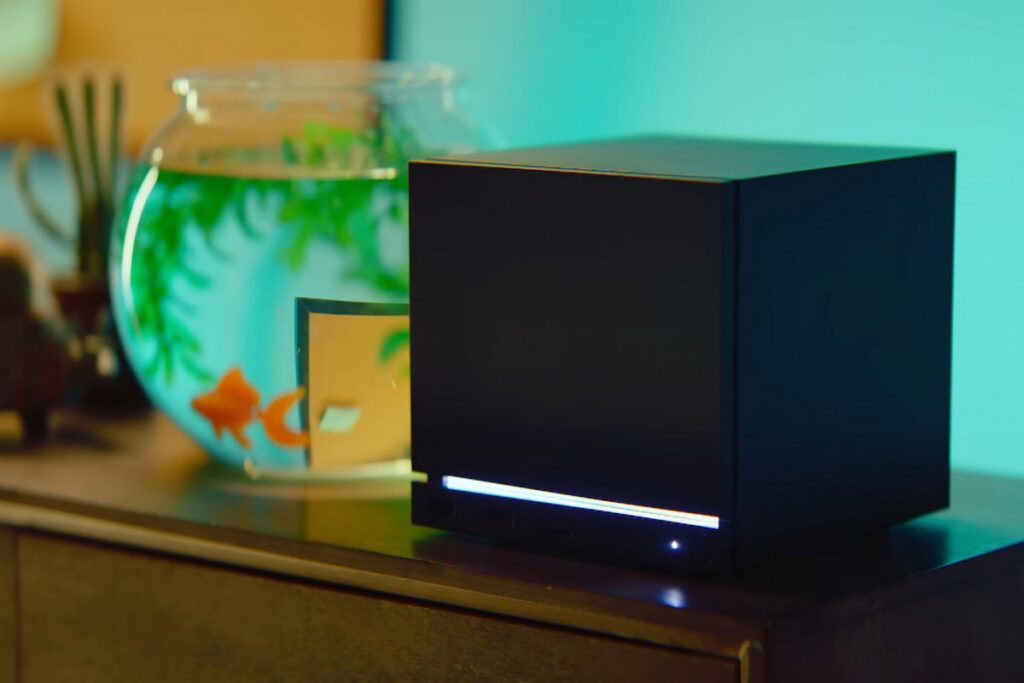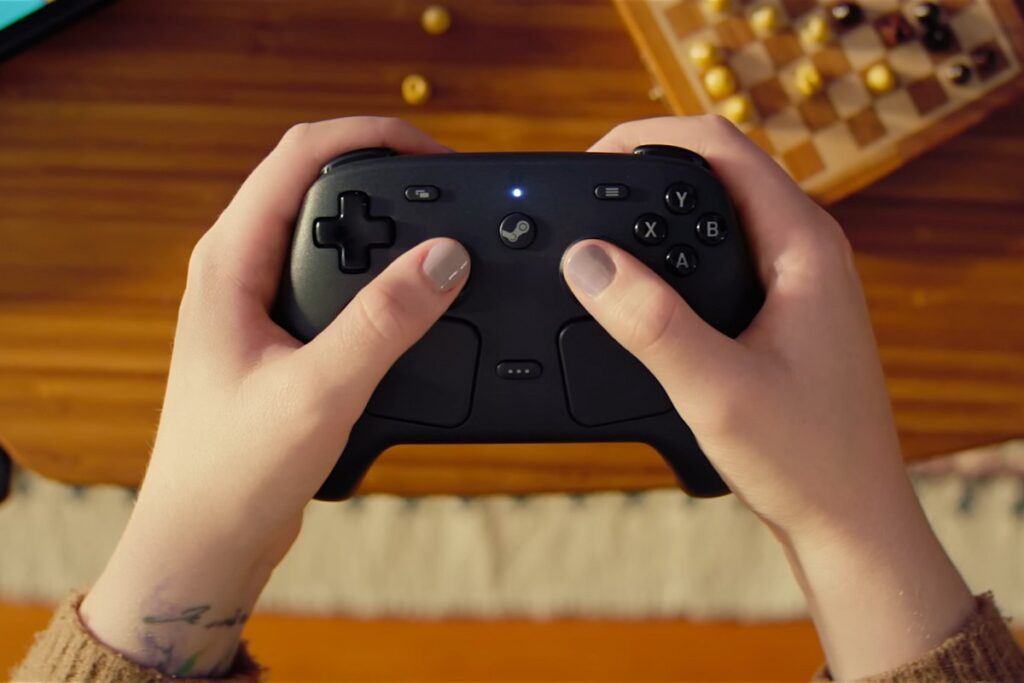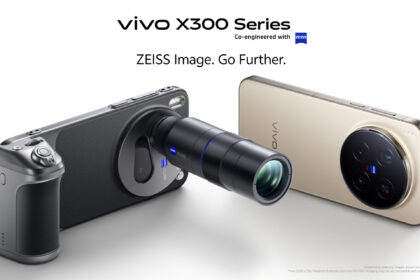Valve has once again surprised gamers worldwide by unveiling a brand-new Steam Machine and Steam Controller, marking a bold step into the next generation of living room gaming consoles.
- Value Steam Machine Expands Its Steam Hardware Family
- Value Steam Machine Specifications: Compact Power Redefined
- Storage Options and Upgradability
- Connectivity and Ports: Future-Ready Hardware
- SteamOS Optimized for the TV Experience
- Introducing the New Steam Controller (2nd Generation)
- Long Battery Life and Smart Design
- Supported Games and Performance Expectations
- Community Reactions: Excitement and Skepticism
- Background: The Legacy of Steam Hardware
- What’s Next: Release Window and Price Predictions
The company known for its PC gaming empire and the highly successful Steam Deck has expanded its hardware family, promising performance, flexibility, and innovation — all in one compact powerhouse. Let’s take a detailed look at the Valve Steam Machine price, system features, supported games, and more.
Value Steam Machine Expands Its Steam Hardware Family
In its latest announcement, Valve revealed three new hardware devices, the highlight being the all-new Steam Machine, a dedicated console that brings the Steam Deck’s power to your living room.
Unlike previous Steam Machine concepts developed by partner brands nearly a decade ago, this version is Valve’s first official Steam Machine, designed in-house from the ground up.
The system is essentially a Steam Deck for your TV — but built stronger, faster, and smarter. It’s designed to give PC gamers a console-like experience without leaving their Steam ecosystem.
Value Steam Machine Specifications: Compact Power Redefined
At the heart of the new Steam Machine gaming console is a semi-custom AMD chip with a 6-core, 12-thread CPU based on Zen4 architecture. It runs at speeds up to 4.8GHz, delivering powerful multi-threaded performance while keeping a low 30W TDP.
Pairing this is an AMD RDNA3 GPU with 28 compute units, clocked up to 2.45GHz — similar to the Radeon RX 7600 but optimized for efficiency.
The system also packs 16GB DDR5 RAM and 8GB GDDR6 VRAM, ensuring smooth multitasking and gaming at up to 4K resolution. However, some gamers have expressed concern that 8GB of video memory might limit ultra settings in newer 4K titles.
Still, Valve seems confident that optimization through SteamOS 3.0 and dynamic upscaling techniques will help balance visuals and performance.
Storage Options and Upgradability
Valve understands gamers’ need for flexibility. That’s why the Steam Machine ships with 512GB and 2TB SSD options, both user-replaceable via M.2 slots.
Additionally, the inclusion of a microSD card slot allows easy transfer of games between the Steam Deck and the Steam Machine — a clever touch for existing users.
This interoperability between devices highlights Valve’s strategy: build a seamless gaming ecosystem that connects portable, desktop, and living room play.

Connectivity and Ports: Future-Ready Hardware
Valve didn’t cut corners on connectivity either.
The new Steam Machine includes:
- Wi-Fi 6E and Bluetooth 5.3 for low-latency wireless gaming
- Dedicated 2.4GHz wireless for the new Steam Controller
- DisplayPort 1.4 (4K 240Hz) and HDMI 2.0 (4K 120Hz) with HDR, VRR, DSC, and HDMI-CEC
- Multiple USB ports (2× USB-A 3.2, 2× USB-A 2.0, 1× USB-C 3.2 Gen 2)
- Gigabit Ethernet for wired stability
It even features a customizable RGB LED strip that displays real-time info like download progress or system status — blending style with functionality.
SteamOS Optimized for the TV Experience
Just like the Steam Deck, the Steam Machine runs on SteamOS, Valve’s Linux-based operating system, now redesigned for the TV interface.
Users can access their entire Steam library, install supported Windows games through Proton translation layer, and even switch to the KDE Plasma desktop mode for a full Linux experience.
That means your console isn’t just for games — it’s a mini PC for entertainment, browsing, and productivity.

Introducing the New Steam Controller (2nd Generation)
Alongside the console, Valve also launched the second-generation Steam Controller, blending lessons from the past with innovations from the Steam Deck.
The design resembles a hybrid between an Xbox controller and the Steam Deck’s handheld layout. Key highlights include:
- Magnetic Hall-effect joysticks for zero drift and higher precision
- Dual trackpads for mouse-like accuracy in strategy and simulation games
- Capacitive touch sensors enabling motion controls
- HD haptics and 6-axis gyro for immersive gameplay
- Rear grip buttons and a capacitive touch back surface that detects hand placement
The controller connects through a custom 2.4GHz wireless dongle with just 8ms total latency, ensuring near-instant response. You can also pair it via Bluetooth or USB-C for cross-platform use on Windows PCs. GSMArena
Long Battery Life and Smart Design
Valve claims the Steam Controller lasts over 35 hours per charge, though it hasn’t clarified if that figure applies to Bluetooth or wireless use.
Charging is simple with USB-C, and the magnetic puck connector doubles as a charging dock and transmitter — a sleek innovation for cable-free setups.
Four controllers can connect simultaneously to one Steam Machine, making it ideal for local multiplayer gaming nights.
Supported Games and Performance Expectations
Valve’s Steam Machine supports the vast majority of games on Steam, thanks to the Proton compatibility layer. This includes thousands of Windows-only titles now playable on Linux.
With its RDNA3 GPU and optimized SteamOS, players can expect high to ultra settings at 1080p, and smooth gameplay at 4K for many AAA titles with dynamic resolution scaling.
Gamers can easily stream titles through Steam Remote Play or link it with the Steam Deck for cross-device play — another example of Valve’s expanding ecosystem.
Community Reactions: Excitement and Skepticism
The gaming community’s reaction to Valve’s announcement has been overwhelmingly positive, though not without some debate.
Many fans are thrilled to see the Steam Machine gaming console return in official form, with modern hardware and better software integration.
On X (formerly Twitter), one gamer wrote:
“This is what the Steam Machine should’ve been in 2015 — sleek, powerful, and made by Valve itself!”
However, some critics question whether the 8GB VRAM and Linux limitations might affect future game performance compared to Windows-based PCs.
Still, the excitement around the Steam Controller’s return has reignited nostalgia, especially among those who admired the original’s innovation.
Background: The Legacy of Steam Hardware
Valve’s journey into hardware has been experimental yet influential. The original Steam Machines (2015) struggled due to fragmented partnerships and lack of standardization.
But the Steam Deck changed everything — proving Valve could design both compelling hardware and seamless software.
The new Steam Machine feels like the culmination of a decade of learning, merging the Deck’s strengths with console comfort.
What’s Next: Release Window and Price Predictions
Valve confirmed the Steam Machine and Steam Controller will launch in early 2026, with pricing and pre-orders coming soon.
Industry analysts predict a starting price of $699 USD for the base 512GB variant and $899 USD for the 2TB version, aligning it with high-end consoles like the PS5 and Xbox Series X.
Given Valve’s global fan base and the success of the Steam Deck, pre-orders are expected to sell out within hours.
Stay tuned on Global India Broadcast News Valve’s new era of living room gaming has just begun.








